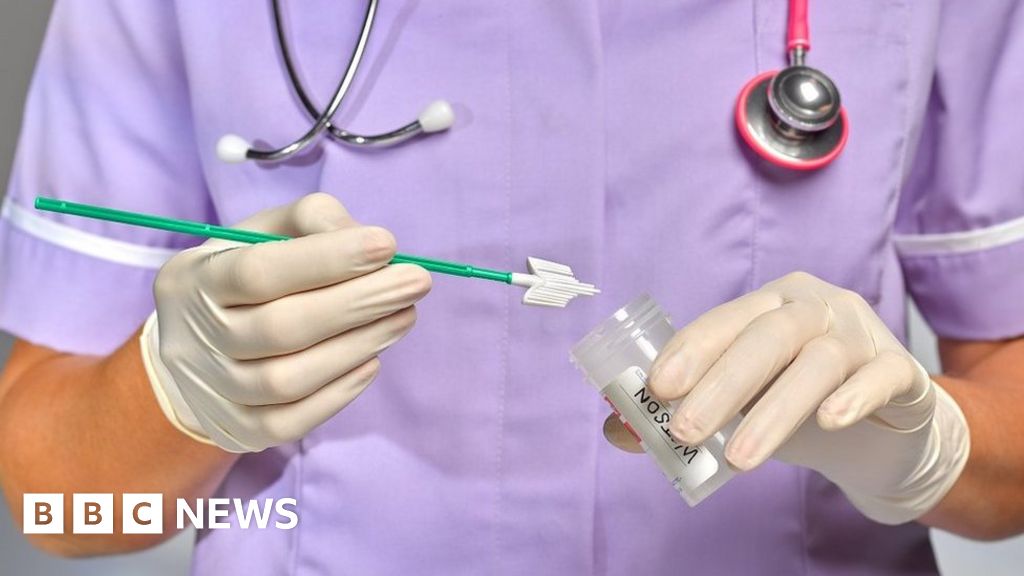“I’ve just had nightmares of making my husband pull off and delivering in the front seat of our car,” said Macumber, 25, who lives on the outskirts of a 500-resident town near the Montana border.
The closure of Bonner’s labor and delivery department follows a national trend that researchers have associated with potentially dangerous out-of-hospital and preterm births. Access to obstetric services has been on the decline for years in rural areas, with at least 89 obstetrics units in rural U.S. hospitals closing their doors between 2015 and 2019, according to the American Hospital Association. More than half of rural counties — home to 2.2 million women of childbearing age — are now maternity-care deserts.
Some obstetricians say the problem has been exacerbated by the recent passage of laws criminalizing abortion, which can make recruiting and retaining physicians all the more difficult.
In a news release announcing the decision on Friday, Bonner General Health officials cited a shortage of pediatricians and decreasing number of deliveries. The release also pointed to the “legal and political climate” in a state where trigger laws banned nearly all abortions after the fall of the constitutional right to an abortion.
“Highly respected, talented physicians are leaving,” it said. “Recruiting replacements will be extraordinarily difficult. In addition, the Idaho Legislature continues to introduce and pass bills that criminalize physicians for medical care nationally recognized as the standard of care.”
Idaho has some of the strictest abortion laws in the nation. A trigger law passed in 2020, which the state Supreme Court allowed to take effect last summer, criminalizes the procedure in almost all cases, with possible defenses if a doctor determines it necessary to save the life of a pregnant woman or if the pregnant woman has reported rape or incest to law enforcement. A medical provider who violates the law can face felony charges punishable by two to five years in prison, along with suspension or revocation of their medical license.
The Idaho Republican Party platform — adopted in the summer of 2022, weeks after the U.S. Supreme Court’s Dobbs decision that allowed states to ban abortion — goes further. It declares that “abortion is murder from the moment of fertilization” and calls for its prevention “regardless of the circumstances of conception, including persons conceived in rape and incest.” The platform says the party supports criminalizing all abortions within the state.
Dorothy Moon, the state’s GOP chairwoman, criticized Bonner General Health’s assertion that Idaho’s political atmosphere contributed to its decision. She said the true culprit was a mismanagement of resources, including an “inability to position the hospital to accommodate declining demographics.” The number of babies delivered in 2022 was not enough to sustain facility and staff costs, she said.
“The real issue here is one facing all of rural America: the failure of large health care entities to provide financially affordable healthcare in a sustainable fashion,” Moon wrote in an email to The Washington Post. “This isn’t about abortion; it’s about making excuses for staffing issues.”
Financial and staffing problems are cited as the main factors affecting the availability of hospital-based care in rural areas, the U.S. Government Accountability Office wrote in an October 2022 report. Delivering babies is costly, requiring round-the-clock coverage by trained doctors and nurses. Obstetrics units often carry the largest financial losses for rural hospitals, according to a care provider association, a research group and others who talked to the Government Accountability Office. As a result, they were the “first to close” when hospitals became cash-strapped.
At Bonner General Health, spokeswoman Erin Binnall said birthrates have declined for years, with a nationwide trend playing a role. The hospital delivered 265 babies in 2022 — a 37.5 percent decrease from 2008, when the number was 424. The challenges mounted when two of three pediatricians who worked with the hospital decided to no longer take calls from it beginning in May.
Bonner “is making all attempts to continue deliveries” through May 19, the statement said. But its ability to do so is dependent on staffing.
Binnall said that while staffing concerns were the main factor leading to the closure, “Idaho’s political and legal climate does pose as a barrier specific to recruitment and retention for OBGYNs.” She noted that Idaho ranks last in the nation for active physicians and that there are 178 OB/GYNs practicing statewide, with just 38 in rural areas.
Caitlin Gustafson, a family-medicine physician in McCall, Idaho, who provides obstetric care and serves as a member of the Idaho Coalition for Safe Reproductive Health Care, said family-medicine doctors often get training in Idaho for rural obstetric care and leave to practice elsewhere. Recruitment became harder after Idaho’s abortion ban went into effect, she said.
“This was a problem before, and now it’s just basically exploding in terms of who we’re going to be able to maintain and recruit in the state to be able to provide this care,” she said.
The loss of labor and delivery services in rural hospitals can be dangerous. An absence of obstetric care is significantly associated with increased preterm births and more births in facilities that lack staffs trained in labor and delivery, according to a 2018 study published in the Journal of the American Medical Association. Some patients who have problems in pregnancy walk into centers without obstetrics departments, leaving emergency-medicine doctors to handle issues that may be beyond their expertise.
Gustafson said she fears that Idaho’s maternal death total — which more than doubled from 2019 to 2020, the most recent year for which data is available — will rise with one fewer unit of doctors trained in labor and delivery. The prospects of a state committee that was formed to study maternal mortality are also up in the air.
“Labor and delivery can be a very safe, happy event,” she said, “but pregnancies can be unexpectedly complicated and emergencies can arise quickly.”
Bonner is referring obstetrics patients to six medical facilities in Idaho and in neighboring Montana and Washington state. The hospital had been the state’s northernmost facility with an obstetrics department; now, that distinction belongs to several medical centers in Coeur d’Alene, about 45 miles south.
Before reading on Facebook about the closure at Bonner General, Macumber, the expectant mother, thought she had her birthing plan figured out. She was looking forward to delivering at the hospital where she’s gone for prenatal care and is familiar with the doctors and nurses.
Instead, she said, she’ll probably stay at her mother’s house in Coeur d’Alene for the two weeks leading up to her due date. That means being away from her husband, who will have to remain in their hometown for work, in the final stretch of her pregnancy. But she’s grateful to have the option.
“The fear of going into labor without my husband here … it doesn’t outweigh the risks of having to have my baby in the car,” she said.















































